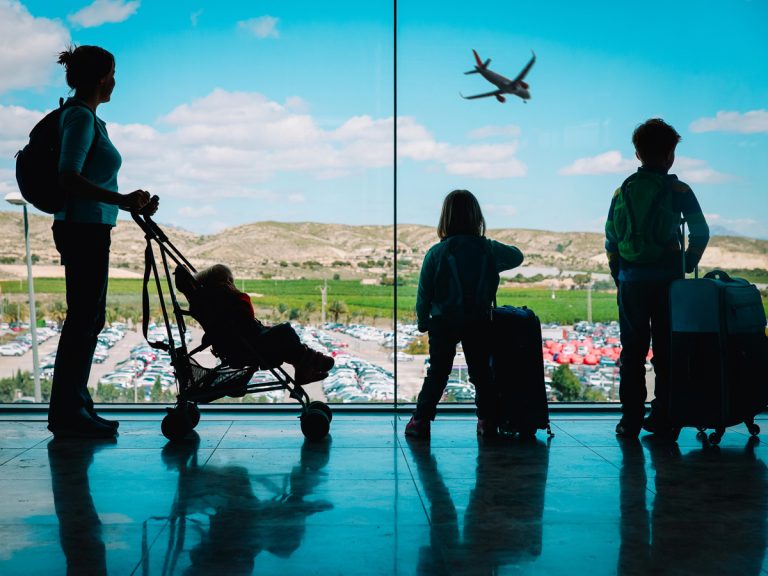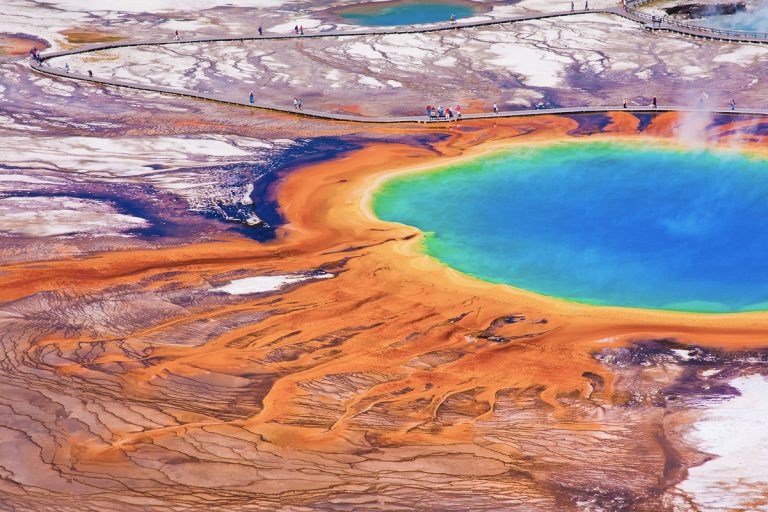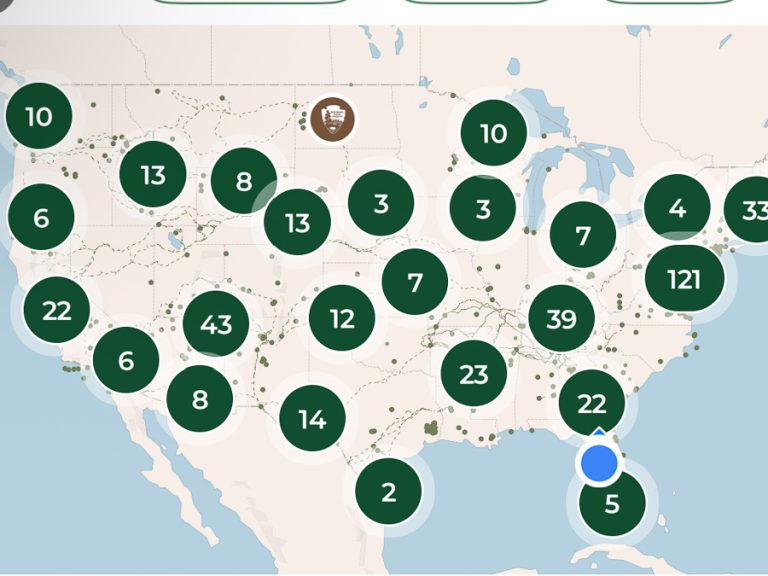Looking For a Better Hiking Experience? Start With These Trail-Tested Essentials
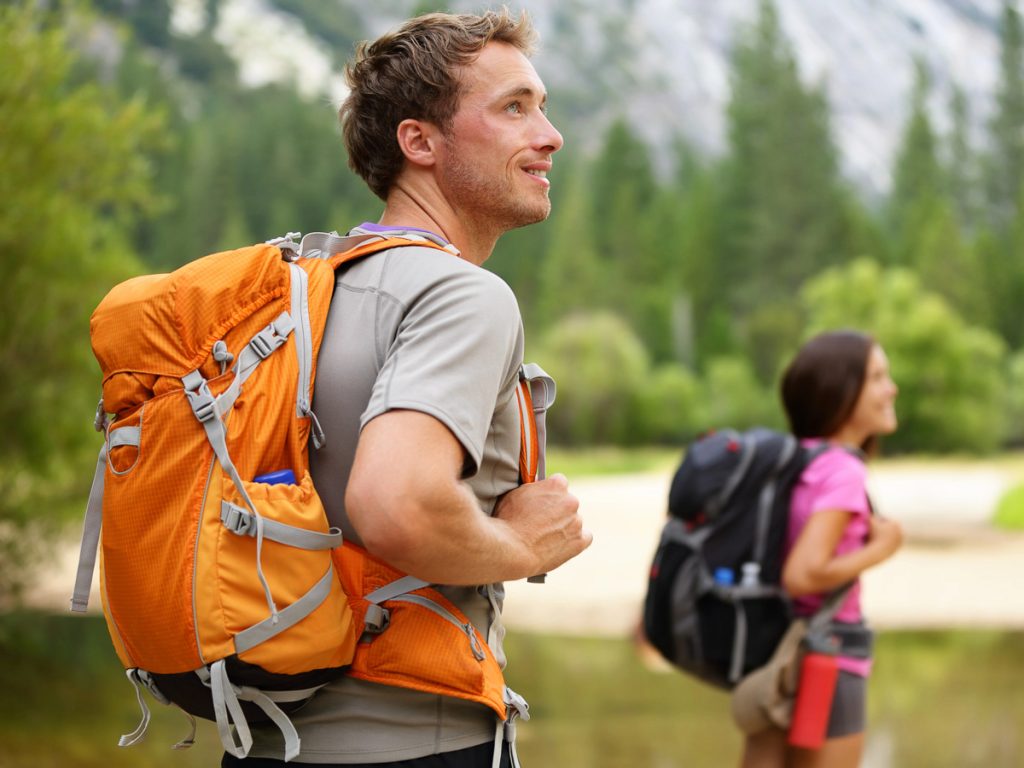
“Why do I need all that fancy gear for hiking? I can use any backpack, I don’t need poles, I don’t even need a fleece because I have a hoodie.”
That’s what I thought when I got into hiking eight years ago. And maybe that’s what you sometimes think too. But let me tell you – I learned some things the hard way, and I don’t want you to suffer, especially as you start your hiking journey.
For the past eight months, we have been slowly travelling across South America, hiking through Patagonia, Bolivia, and Peru – but our hiking journey actually started eight years ago in Canada. From exploring the Rockies and alpine lakes to forest trails in Ontario, hiking has been a big part of our lifestyle for years.
This long journey has given me even more insight into why having good hiking gear is so important. It’s not about buying everything expensive or flashy, but about choosing gear that supports your body, helps you stay safe, and makes hiking more enjoyable.
But first, let’s understand what hiking level you stand at right now – that will determine what your needs are.
What Kind of a Hiker Are You?
I promise we’ll talk about the gear, but first – think about what kind of a hiker you are. Are you just starting? Are you an intermediate hiker? Or have you been hiking for years and know different terrains well?
I ask this because what you want to get out of your experience will help determine how much you want to invest in hiking gear.
New Hiker:
If you’re just starting out and mostly doing short hikes close to home, you don’t need much. All you need is:
- Good hiking boots
- A sturdy backpack
- One good pair of hiking pants
- A base layer
- An activewear t-shirt
- Good socks
- Hiking poles (optional but helpful)
I had none of it when I started. I went for my first few hikes in running shoes and slipped over rocks. I wore sweatpants that weren’t breathable at all.
I saw people in fancy gear and thought, “Wow, people have so much money to invest. What difference could it make?”, until I started getting better gear and noticed a significant change in my overall experience. It wasn’t just about comfort – it changed how much I enjoyed the trail.
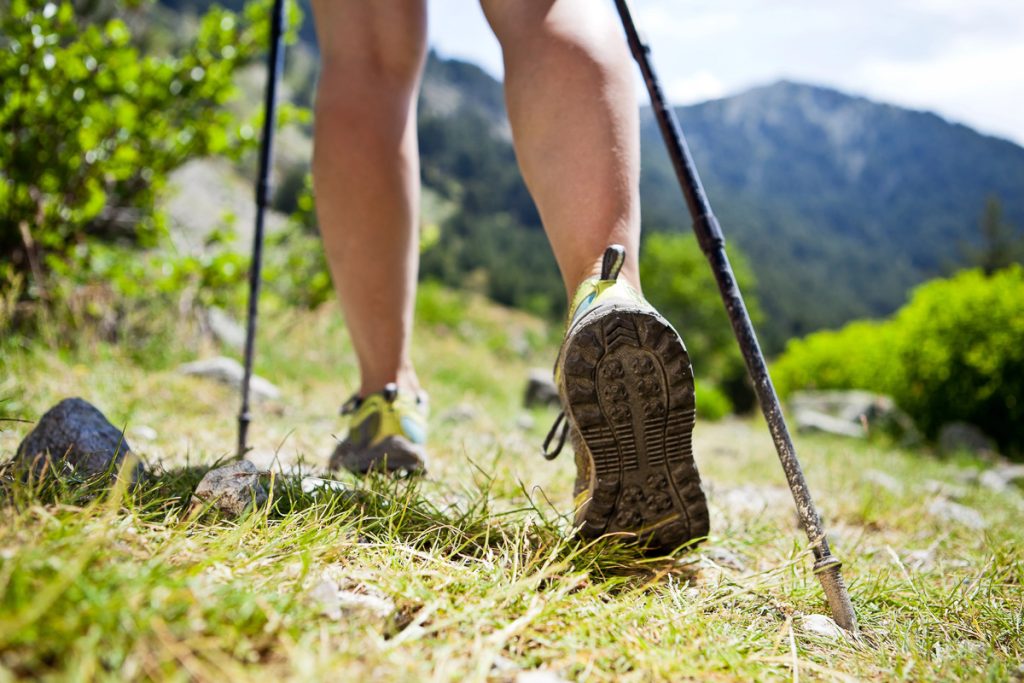
Intermediate Hiker:
You might be someone like me now – hiking regularly for a few years, experiencing different terrains, but not a hardcore backpacker spending weeks in the mountains. Maybe you’ve done some multi-day trails, but mostly enjoy day hikes.
If you fall in this bucket, you’ll need most of the things a regular hiker would need:
- Good hiking boots
- A good backpack
- One or two pairs of durable hiking pants
- Base layers
- Activewear t-shirts
- Wool socks
- Hiking poles
- Rain jacket
- Fleece
- Down jacket
- Gloves, beanie
- Accessories like water bottle, carabiners, and a flashlight
These layers and tools make a big difference when you’re hiking frequently. They help with temperature regulation, avoiding injuries, and keeping your essentials organized and safe.
Experienced Hiker:
If you’ve been conquering mountains for years, then you already know most of this. But here are a few additions that I’ve seen experienced hikers use and appreciate:
- Better base layers, often merino wool
- A larger backpack for multi-day hikes
- A day bag for shorter hikes off base camp
- Waterproof bags or cases for electronics
- Camelbak or hydration packs for long hikes
- Dehydrated foods
- Water purification tablets or filters for remote trails

Essential Hiking Gear Breakdown
Now that we have some understanding of our needs, let’s talk about which gear to purchase. Here’s a breakdown of what I use and recommend, based on my personal hiking journey across South America, Canada, and Costa Rica.
Clothing and Footwear
- Hiking Pants: Good hiking pants make a significant difference! My favorite ones are from MEC. They’re breathable, quick-dry, have lots of pockets, and aren’t too snug, giving me room for when I have to do small climbs. As a woman, it was hard to find a good pair that wasn’t too fitted and actually had usable pockets!
- Base Layers: I use base layers from Uniqlo. They’re not too pricey and work perfectly. Other good options include merino wool layers from MEC or REI, especially for colder climates.
- Rain Jacket: I use a lightweight one by Columbia. It compacts small and is easy to carry in any weather.
- Down Jacket: Mine is from Eddie Bauer with 650 fill. It’s super warm and very lightweight – perfect for high altitudes and cold evenings.
- Fleece: I carry a warm fleece by Decathlon that’s not bulky. Great for layering and wearing inside or outside depending on conditions.
- Hiking Boots: I use Merrell, and I absolutely love them. When choosing boots, look for ones that are waterproof, have good ankle support, and aren’t too heavy. If you’re getting hiking boots for the first time, give them time to break in. It’s not fun hitting the trail right after buying new shoes. Another good brand with great reviews is Salomon.
- Socks: For long hikes, merino wool socks are highly recommended. They dry fast, don’t stink as much, and keep your feet warm. Smartwool is a good option, but even a pair from Costco would also work as long as they are wool.
Accessories
- Headlamp (with extra batteries): A must-have for early morning starts, late finishes, or if you ever get caught hiking after sunset.
- Offline Maps App: Apps like Gaia GPS or AllTrails+ are great when you’re hiking in areas with little to no signal.
- Compass: A helpful backup to digital tools, especially on remote trails.
- Power Bank: To keep your phone, GPS, or camera charged during long hikes.
- Gloves: Lightweight waterproof ones that protect against wind, rain, and cold.
- Beanie: Keeps your head warm during early morning hikes or windy trails.
- Hat: Wide-brim hat or moisture-wicking cap to protect from the sun.
- Sunglasses: Must-have if you’re hiking in sun, snow, or high altitudes. At high altitudes, the sun is too harsh so protecting your eyes is very important.
- Carabiners: You won’t believe how useful they are to attach gear to your backpack (shoes, water bottle, etc.).
- Nalgene Water Bottle: I prefer Nalgene because it’s durable and BPA-free. You could also use a CamelBak for longer hikes.
- Hiking Poles: I didn’t use them in the beginning, but now I can’t hike without them – especially on steep or rocky terrain. Helpful to keep your balance and protect your knees on descent.
- Sunscreen: High SPF is important, even on cloudy days or when you’re at high elevation. My go-to is always SPF 50+.
You might also consider a small first-aid kit, emergency whistle, or even a few wraps of duct tape around your water bottle or poles – it’s a genius hack for quick gear fixes or even blisters. A multitool or pocket knife can also come in super handy for cutting, repairing, or food prep on trail.
Don’t forget your trail snacks – energy bars, dried fruit, or nuts – and electrolyte tablets to keep you hydrated and balanced.
For hygiene, a small ziplock toilet kit with toilet paper, hand sanitizer, and a wet wipe can save the day.
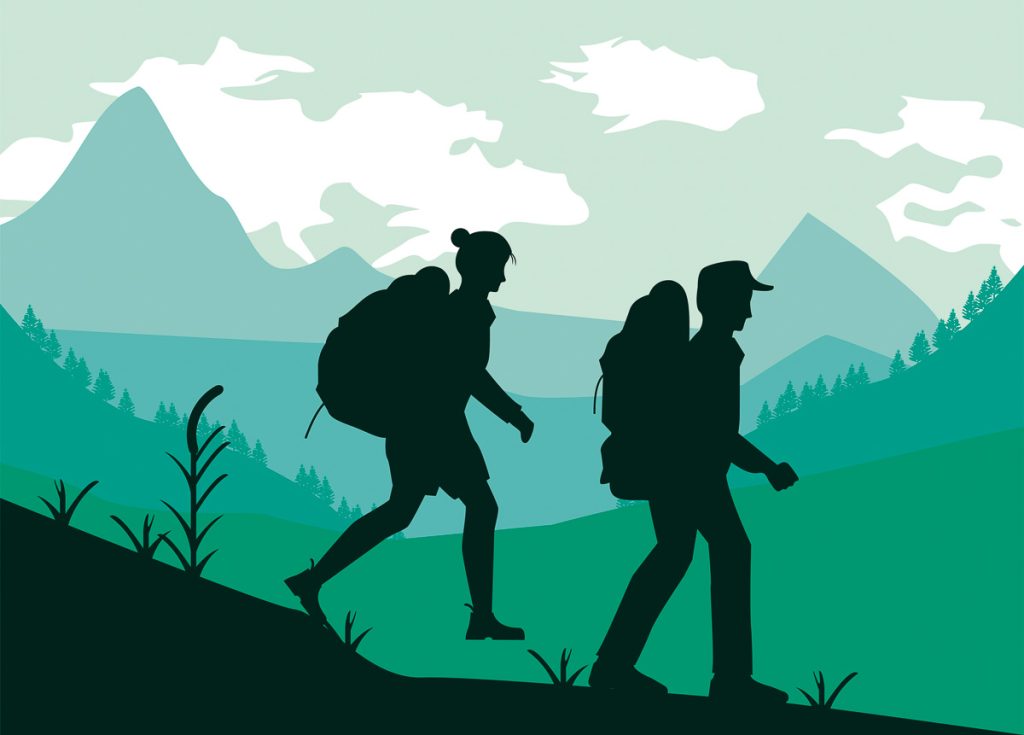
Backpack
After struggling with average backpacks that are good for small hikes, I finally went for Osprey. They have been a game changer! They’re ergonomic, have good back support, and come in different sizes.
So how do you choose a good backpack?
- Make sure it fits your torso length and hip size
- Check for a hip belt (super important for weight distribution)
- Look for compartments to organize your stuff
- A rain cover or water-resistant material helps a lot
If you’re doing a multi-day trek, you’ll want a bigger pack (45L+). For day hikes, a 20–30L backpack is enough.
My Hiking Gear in Action
As I mentioned earlier, this gear list comes from experience. My hiking journey started in Canada – exploring the Rockies, Banff, and easier trails around Ontario. I’ve hiked in Costa Rica’s tropical jungles, the rugged peaks of Patagonia, volcanic landscapes in Bolivia, and now preparing for the Inca Trail to Machu Picchu.
When you are hiking, especially on multi-day trails, you want to keep your backpack as light as possible. Therefore, you don’t need two jackets or two fleeces, but the one you carry should serve the purpose and be lightweight. Each of the layers that I’ve carried on my hikes has always been used, and I have never felt I needed more.
Accessories like carabiners were also a game changer when I was able to attach things to my backpack – but also use them as a safety lock to secure zips. Smart and simple!
One of the most underrated things? A pair of camp shoes or slippers to wear at night after removing your hiking boots. Give your feet a break, especially after a long day on the trail.
Tips Before You Buy
Buy Secondhand: You don’t have to buy everything brand new. Check out Facebook Marketplace, GearTrade, or used gear sections at outdoor stores.
Start Slow: You don’t need to buy everything at once. Start with the essentials – boots, pants, backpack – and slowly add more as you go.
Break in Your Gear: Especially your shoes and backpack. Do a few short walks or hikes to test everything.
Fit Matters: Don’t just go for popular brands. Try on different options and see what feels comfortable for your body.
Ask Around: Join hiking Facebook groups, Reddit threads, or talk to local hikers. People are usually happy to share tips or even lend you gear.
Final Thoughts
Hiking is supposed to bring you joy, peace, and connection to nature – not blisters, cold sweats, or frustration. With the right gear, your experience can change significantly!
You don’t need to spend a fortune, but you do need to think about comfort, weather, and terrain. Invest slowly and wisely – and most of all, enjoy the process. Start small, and let your hiking gear evolve with your journey. Just like mine did.
Happy hiking!
Thank you to my friend, Salima, a fellow nature lover who writes at Wandering Slowmads, for sharing her expertise with us in this post.
